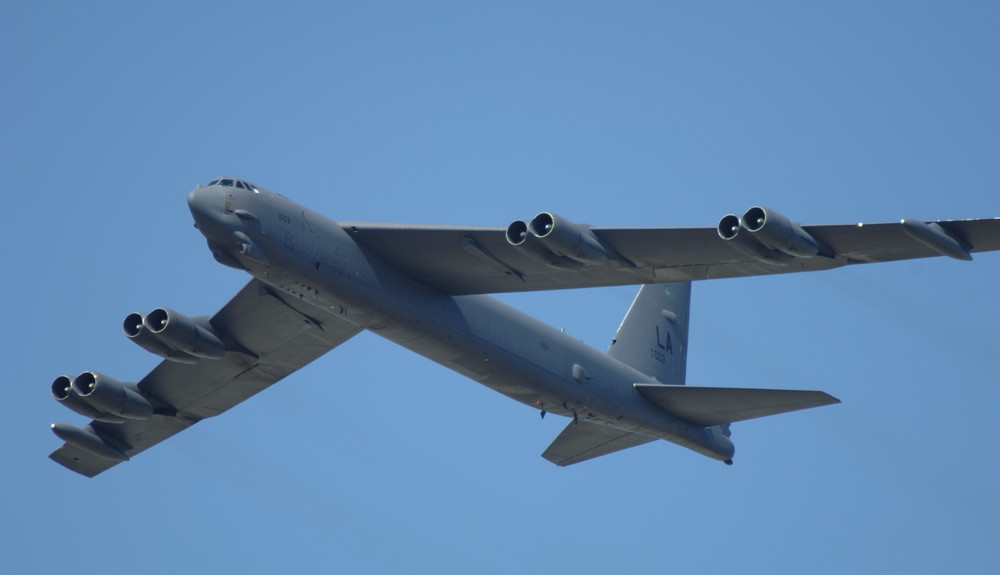The Pentagon announced the winner of one of the most anticipated and coveted military contracts in years on Tuesday, and it’s a name we’ve all heard before. Because it’s a name that’s built some of our more impressive aircraft (including this one).
And the name … is Northrop Grumman.
The monstrous Virginia-based defense firm is now tasked with building the first 21 long-range strike bombers, a total estimated at about $80 billion, according to the details in the spanking-new deal.
They beat out other big boys in the race to grab it, including a joint bid by Boeing and Lockheed Martin.
The Air Force says that when the planes are finally set to go in 2025 (that’s their plan, anyway) they’ll be able to “fly undetected through Russia and China with the capability of launching an airstrike — either conventional or nuclear — from the continental United States to any point on the globe”.
“Building this bomber is a strategic investment in the next 50 years,” Defense Secretary Ash Carter said Tuesday. “[The bomber would form] the backbone of our future strike and deterrent capabilities.”
More from The Atlantic:
While the Pentagon is initially buying 21 planes, it is planning for an eventual fleet of 100. Each of the first bombers will cost $564 million, according to independent cost estimates.
For more than a decade, the Air Force has been looking for a new plane that can eventually replace the B-1s, which debuted in the 1980s, the B-2s, which date to the ‘90s, and in particular the B-52s, which have flown three generations of U.S. airmen. As William LaPlante, the assistant secretary for acquisitions, told reporters last week, the Air Force is aware of grandfathers, fathers, and sons who have flown the very same aircraft, decades apart. “They’re used today operationally,” he said. And they will be in use until 2040, more than a decade after the Pentagon hopes to have its new fleet of bombers.
With the popularity of airstrikes as a welcomed alternative to “boots on the ground”, and as Syria plays out, it’s no wonder such a bomber (finally) got the green light to be built — in spite of the debacle over the years that has been the F-35.
In fact, this contract originated way back in 2004, but for budgetary reasons hasn’t seen the true light of day until Tuesday.




































